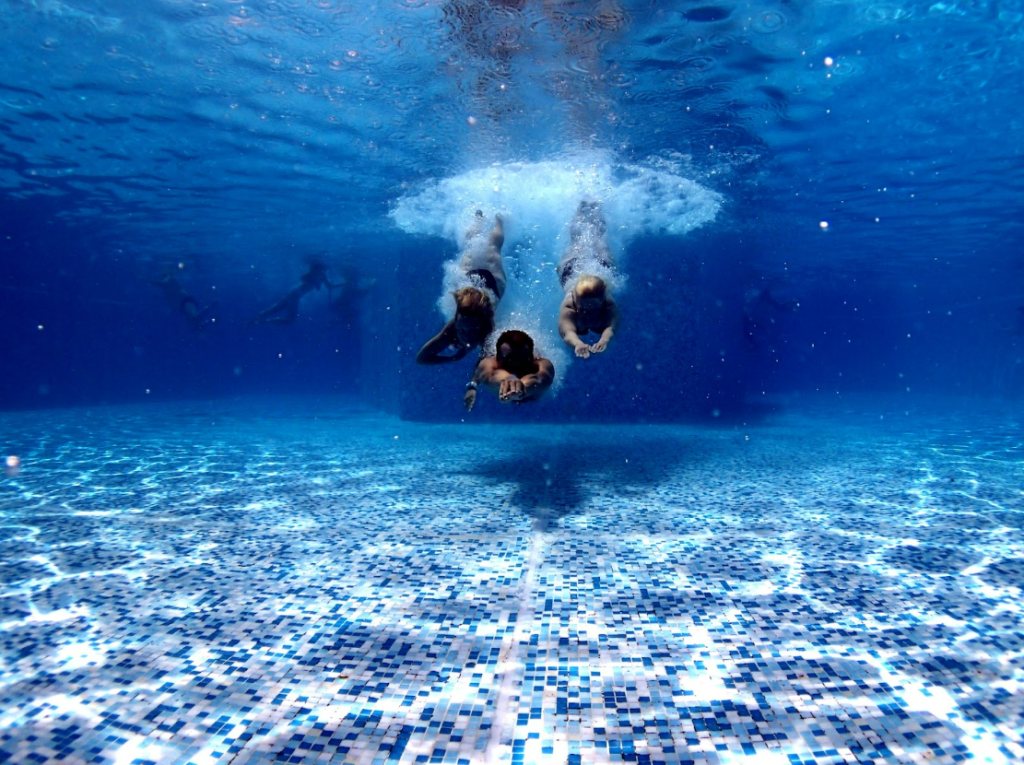We’ve all heard those blaring headlines over the last couple of years. Words like ‘cuts’, ‘crisis’, and ‘closures’ have become common in news stories about the swimming industry, but how true are they?
Is the industry facing imminent collapse, or is it simply a case of sensationalist noise that seeks to exaggerate the situation?
What’s the current situation?
The swimming industry has a fight on its hands. What was once seen as a robust industry that lay at the core of many communities is now facing some of its most severe challenges to date, but the reasons behind it are far from obvious or easily addressable.
While it can be tempting to place the blame on the current energy crisis and recent pandemic, the issue has been gathering pace for some time. Since 2010, more than 400 swimming pools or leisure centres have closed across the UK. This came after decades of growth that saw the industry expand exponentially.
Swim England’s 2021 report highlighted that in 1989, there were 2509 swimming pools in the UK; in 1999, there were 3630; and in 2009, numbers topped out at 4540. Even when times were financially difficult, such as in the 1970s and 1980s, Britain continued building swimming pools rapidly, but in 2019, that number slumped to 4373. By 2029, we are predicted to have just 2468 swimming pools if we continue current trends.
How did Covid affect the industry?
Like many public-facing industries worldwide, the COVID-19 pandemic shook the swimming world to its core. It’s thought that 1.8 million children missed out on swimming lessons during the 2020/2021 academic year, while lockdown closures in the leisure sectors, including gyms, leisure centres, and swimming pools, cost around £90 million per week. Even when swimming pools reopened, it came with extra expenses through additional sanitation and social distancing.
Government support just about kept the ship afloat, but considering leaks were already appearing even before the pandemic, it was a case of exacerbating the problem rather than causing it.

How is the ongoing energy crisis affecting the industry?
Unfortunately, swimming pools can’t exactly be considered low-energy consumers. Paying for heating, lighting, pumps, etc., quickly begins to stack up. Heating pool water and ventilating pool halls alone can account for around 65% of total pool energy bills.
If the industry was already declining after 2010, and Covid-19 provided the additional kick in the teeth, the energy crisis has come as a sucker punch that is already seeing its casualties.
Sustainability and green energy have been buzzwords for years now. However, despite the UK using a record 40% of renewable energy in 2022, we’ve somehow still managed to go into an energy tailspin. Blame Covid, blame the war in Ukraine – blame suspicious activities that have seen energy companies have post record-breaking profits over the last few years, even as individuals and industries have staggered through the worst energy crisis in decades. But let’s not get sidetracked – the cause of the energy crisis can be argued in other arenas.
The energy crisis is unquestionably placing a massive strain on the swimming industry. Last spring’s budget allocated £63 million for at-risk leisure centres and swimming pools, but you don’t need to look too far to find operators who either haven’t received any funds or believe their share can be seen as little more than temporary plaster.
Is swimming still popular?
Despite the problems that the industry is facing, swimming remains a hugely popular activity. However, participation numbers have been gradually falling for some time while other sports, such as running, tennis, and basketball, are increasing.
According to Sport England, children’s activity levels have recovered to pre-pandemic levels, but Swimming levels remain 5.6% below pre-pandemic markers. This is worrying for the swimming industry, but even those rosy figures regarding child activity levels are hugely misleading.
Only 47% of children participate in an average of 60 minutes or more of sport and physical activity a day – the recommended amount set out by the Chief Medical Officer. Children in the UK are less active than they ever have been. Again, the reasoning behind this falls well outside of our remit, but take your choice from lack of opportunity and education surrounding the benefits (only 43% of parents believe children should be active for at least 60 minutes every day), cost, available time, and a generally increasing sedentary lifestyle seen across all age groups.
With such high overheads, the swimming industry is feeling those drops in numbers. Swimming remains the most popular physical activity for young children, and there might even be examples where numbers are holding firm or even rising slightly, but overall, figures have been dropping for over a decade.

How is the industry responding to the current crisis?
It’s clear to everybody that the swimming industry is facing enormous challenges and will probably face even more significant obstacles in the coming years and decades. While the current energy crisis is already beginning to ease, it’s too early to say that we’re out of the woods.
Issues such as declining numbers and cost-to-price ratio aren’t going away anytime soon. The average cost for entry into a swimming pool in the UK recently passed £5 for the first time, but this still falls well below what pools should be charging when solely considering their running costs.
Leisure centres often supplement their pool losses through other activities, such as gyms and group classes, but is this sustainable in the long run?
Encouraging more people to swim for the physical and mental benefits, safety aspect, and just plain fun of it is no mean feat. And unfortunately, we don’t have a magic answer for this. We all know about the enormous number of positives that come with swimming, but how we project that throughout our communities is far from clear.
Whether you want to call it a crisis or simply a challenging period is up to you – and perhaps a simple question of semantics. The swimming industry has a battle on its hands, and it’s up to us to find a solution.

 LOG IN
LOG IN
 CONTACT US
CONTACT US








